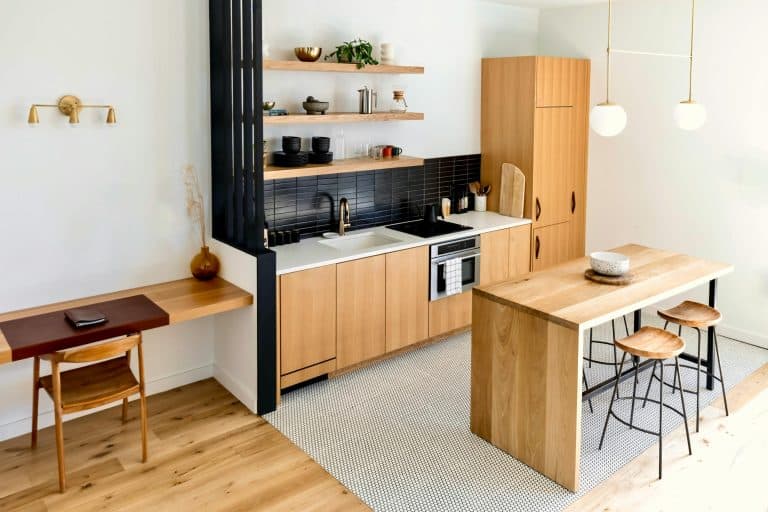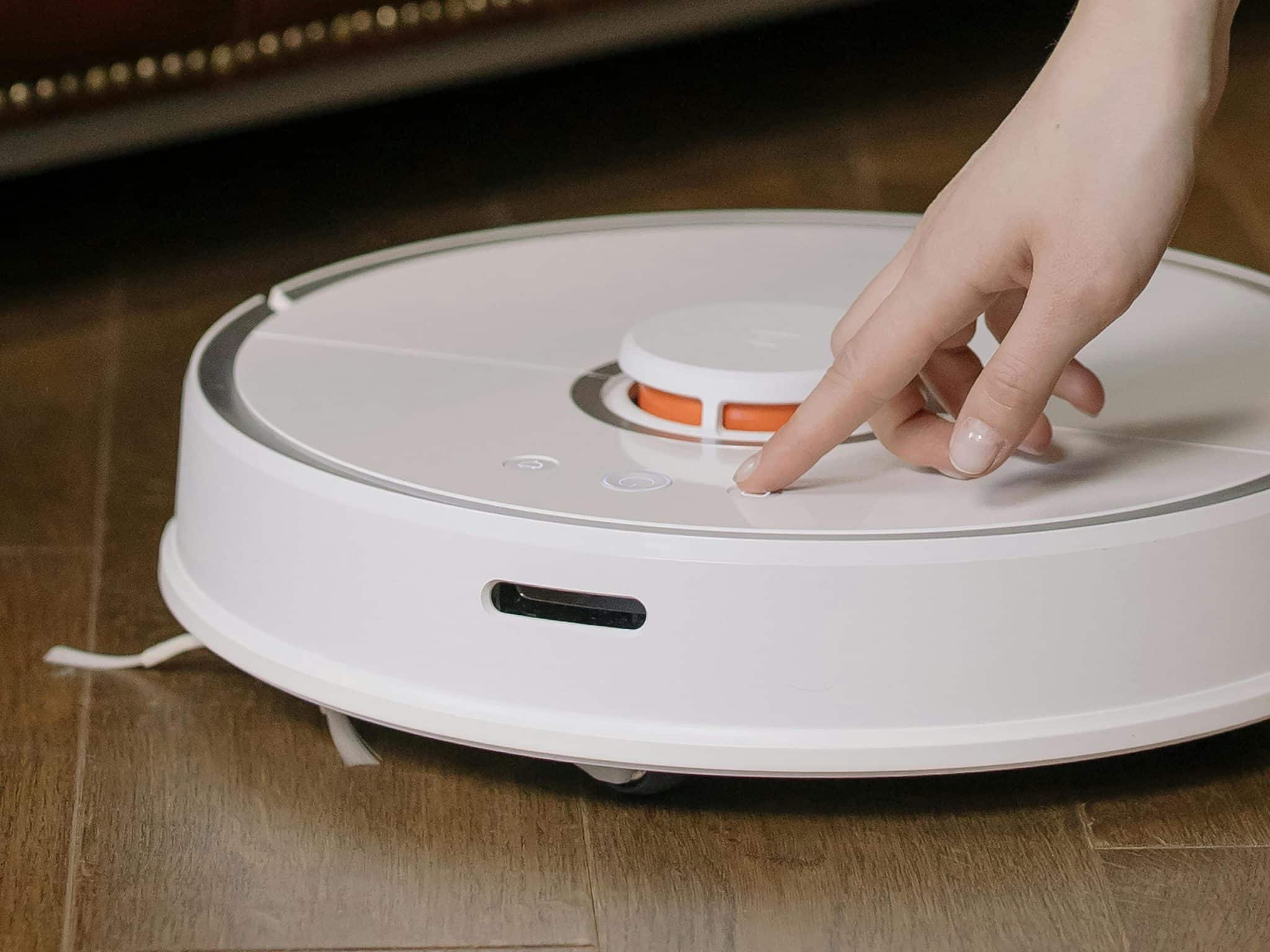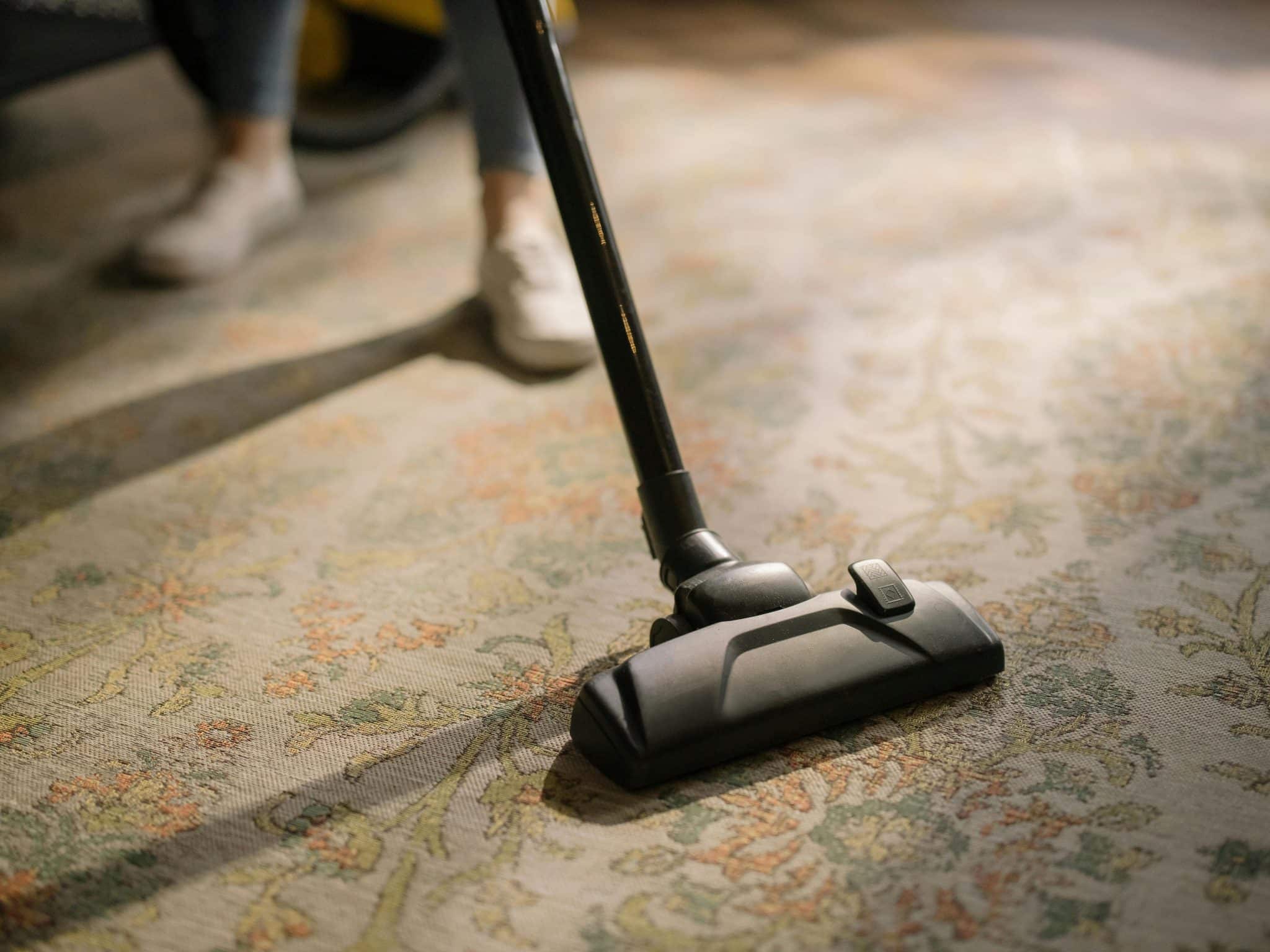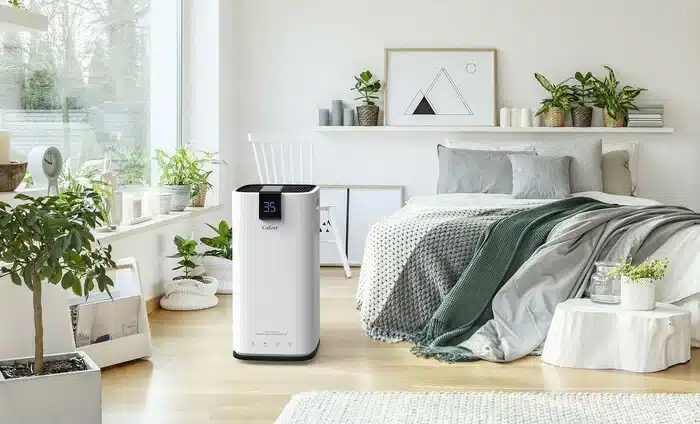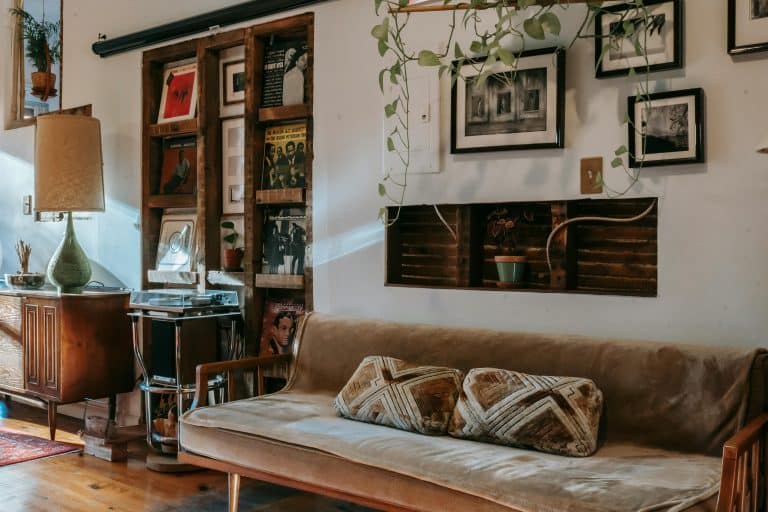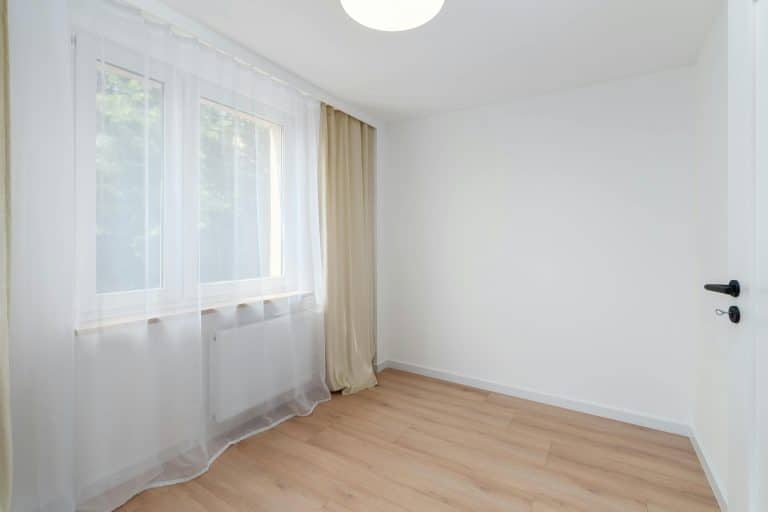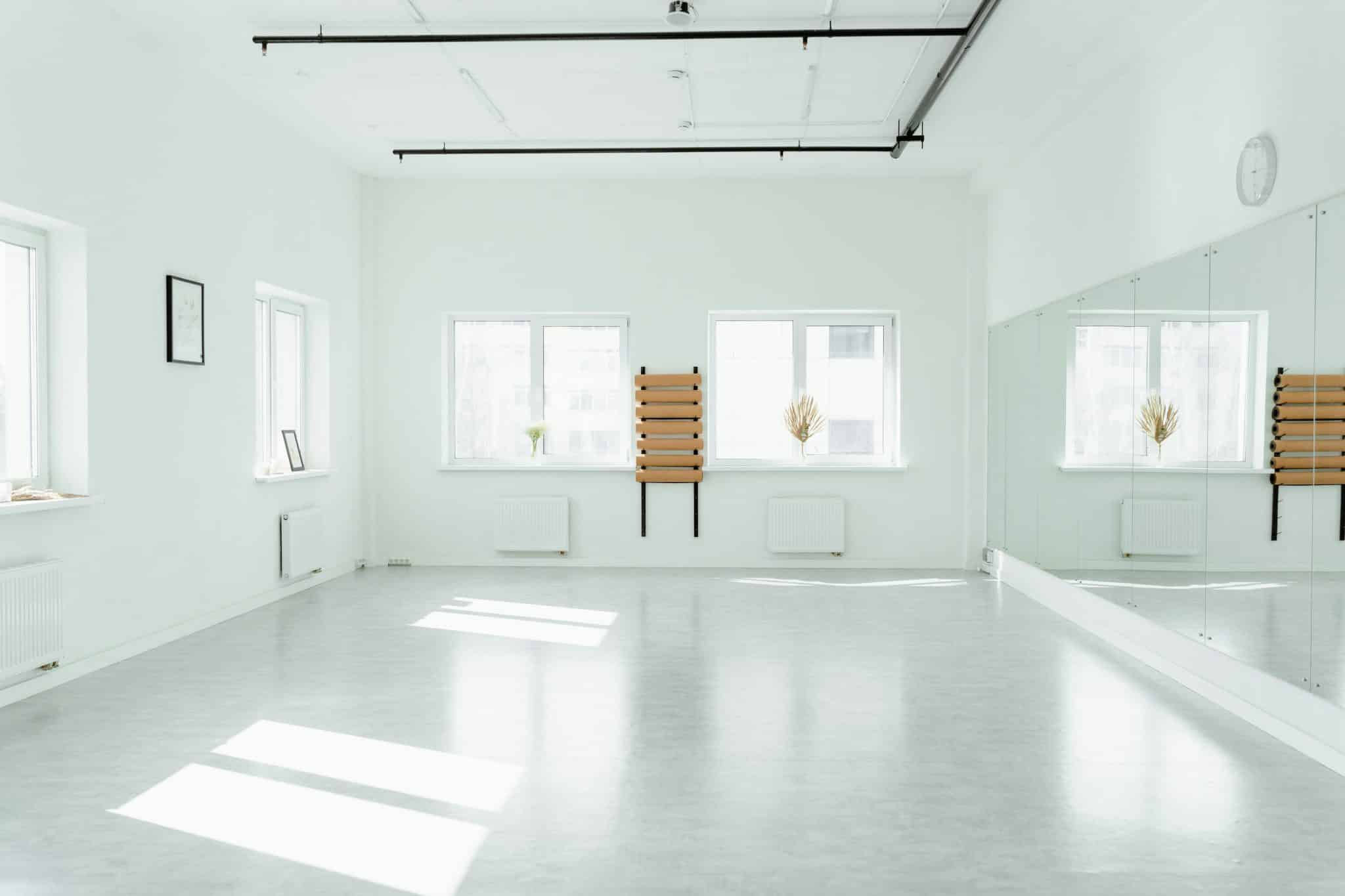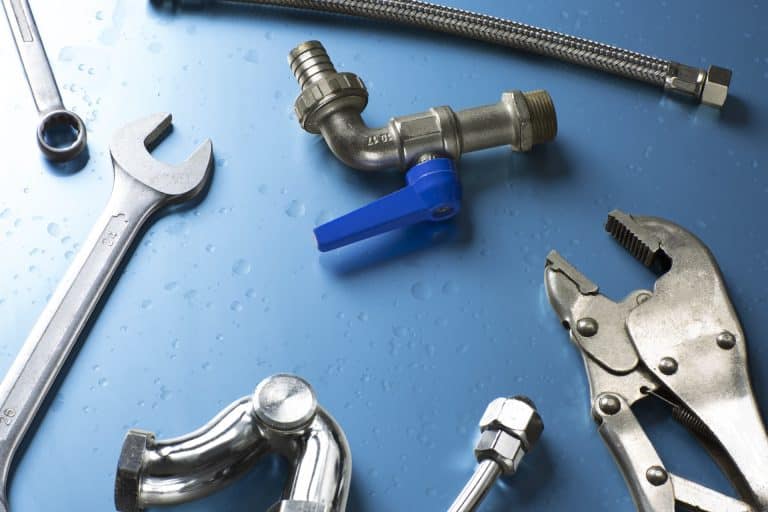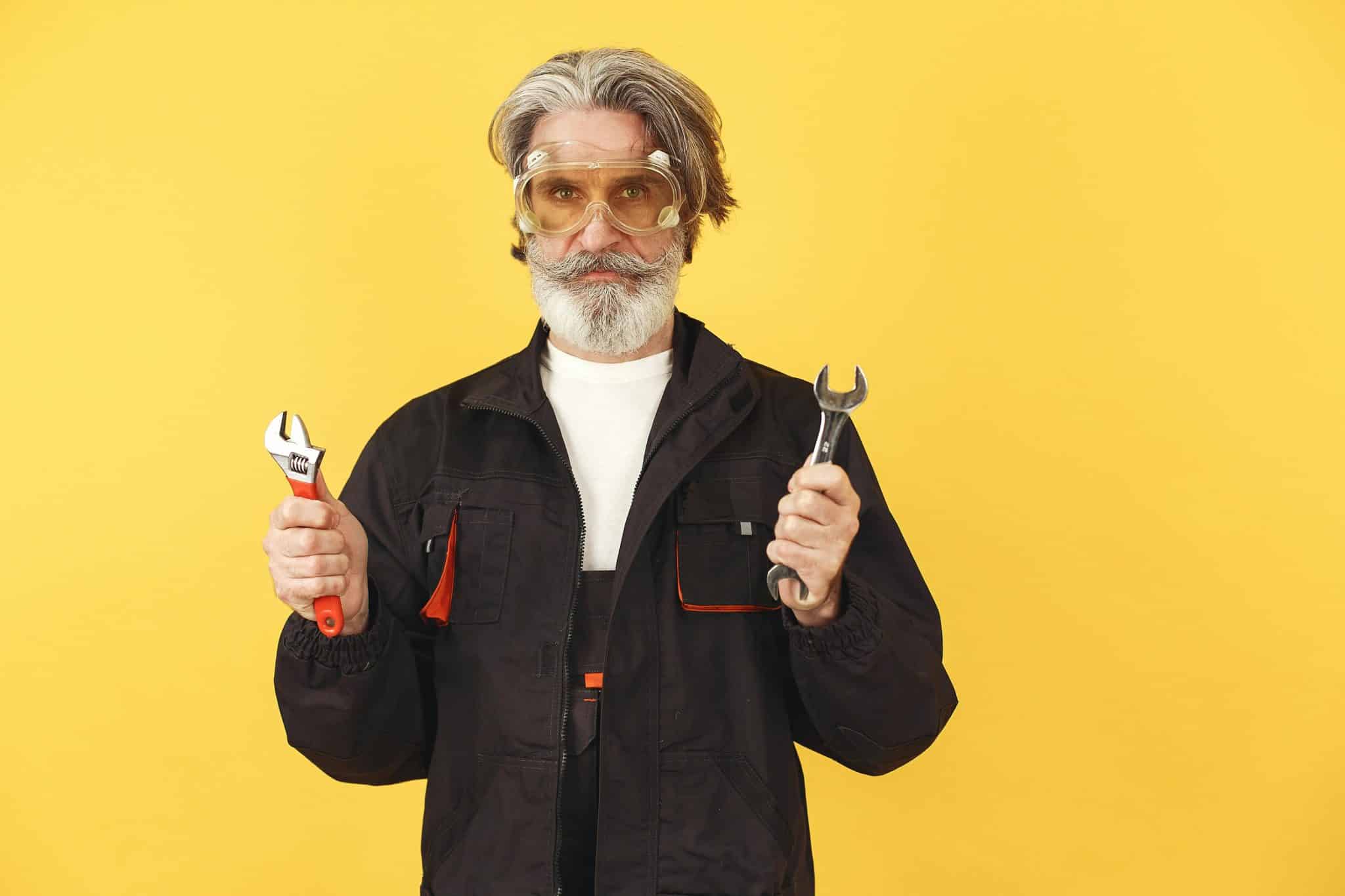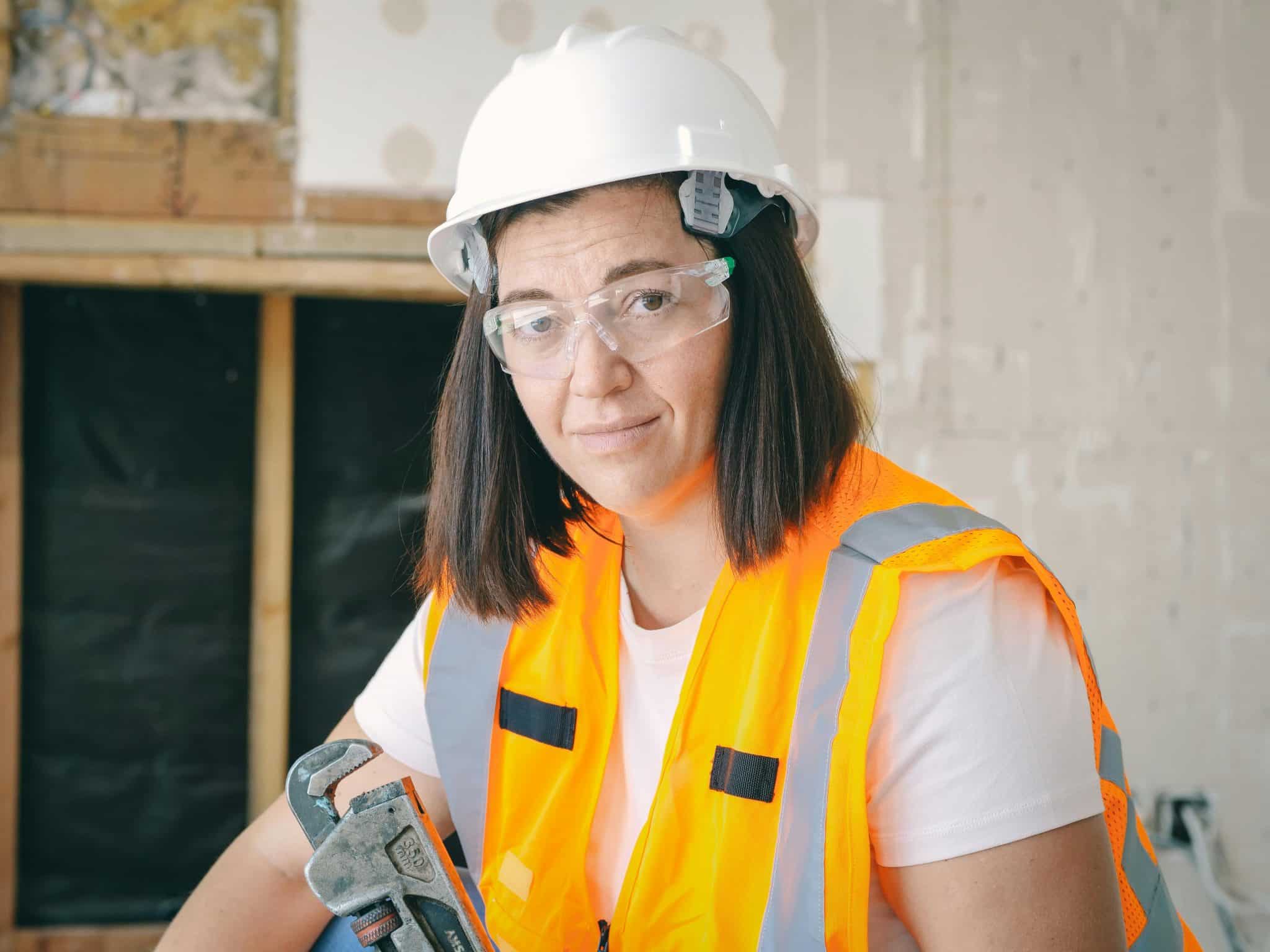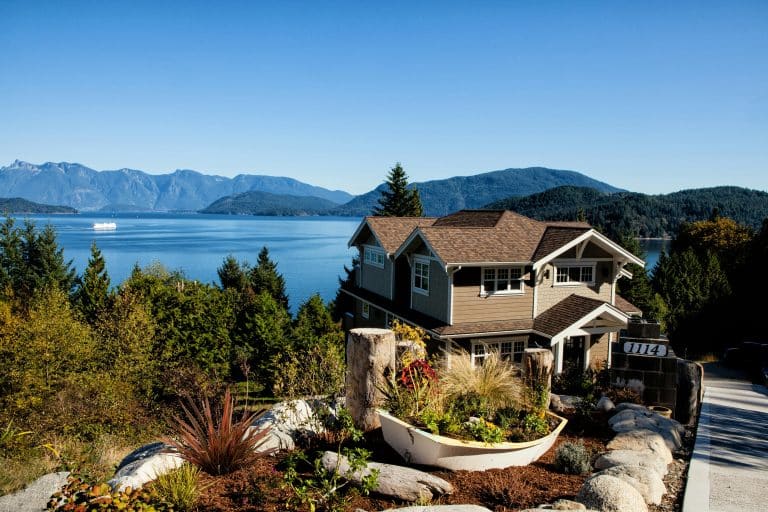Look, I know what you’re thinking. Another article about home security? But hear me out for a second because this one’s different. This is about that nagging feeling you get when you’re laying in bed at 2am wondering if you locked the back door.
Last month my neighbor’s house got broken into while they were at their daughter’s recital. Nothing major was taken but the violation they felt? That stuck around way longer than any missing laptop ever could. It got me thinking about how we protect what matters most – our families, our memories, the spaces where our kids grow up. That’s when I started looking into modern security solutions and came across Labs Smart Wiring who specialize in CCTV and security systems across Brisbane and Gold Coast.
The thing is, home security isn’t just about catching bad guys anymore. Its about peace of mind. Its about being able to check on your house from your phone while you’re stuck in traffic. Its about your teenager getting home safe after school when you’re still at work.
The Real Cost of Waiting
We all do it. We put off important stuff because life gets busy. Soccer practice, work deadlines, that leaky faucet that’s been dripping for three months. But security? That’s one of those things where procrastination can bite you hard.
Think about it like this. You wouldn’t wait until after a car accident to get insurance right? Same logic applies here. Except with home security, you’re not just protecting property. You’re protecting routines, comfort, that feeling of safety your kids have when they come home.
Modern security systems aren’t the clunky things from the 90s either. We’re talking HD cameras that can tell the difference between your cat and an actual intruder. Two-way audio so you can tell the delivery guy where to leave packages. Night vision that actually works.
What Actually Matters for Family Security
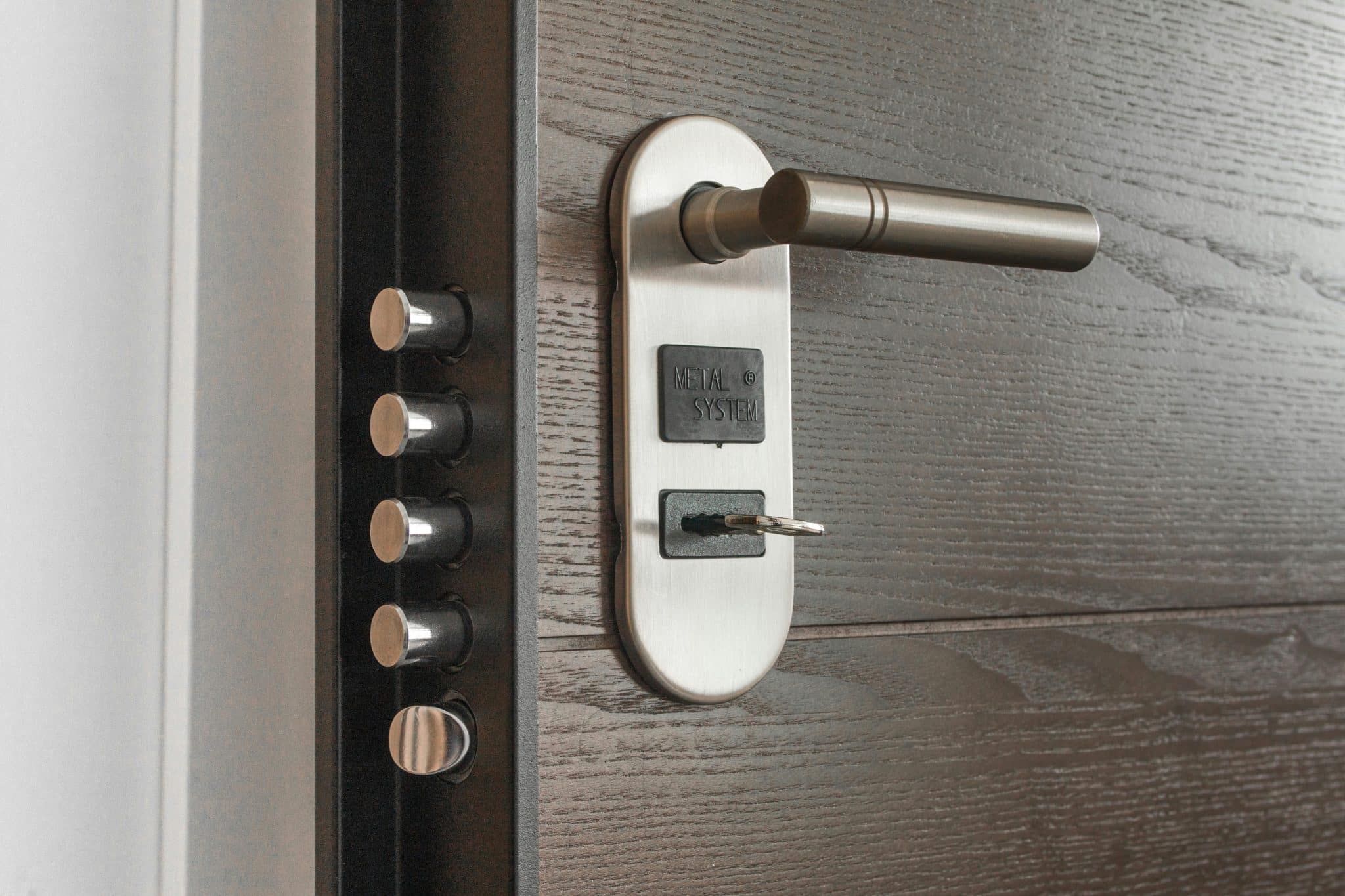
After doing way too much research (my wife would say obsessive amounts), here’s what I learned really counts:
Visibility is everything. Criminals are opportunists. They see cameras, they usually move on to easier targets. Its not about Fort Knox – its about making your home less appealing than the next one.
Remote access changes the game. Being able to check your cameras from anywhere means never having to wonder if you left the garage open. Or seeing that your kids made it home from school. That’s worth its weight in gold.
Quality matters more than quantity. Three good cameras beat ten crappy ones every time. You need clear footage, reliable connections, and equipment that won’t fail when you need it most.
Professional installation isn’t optional. Sorry DIYers, but this isn’t the place to wing it. Proper cable runs, optimal camera placement, integration with your home network – these things matter. A lot.
Making It Happen Without Breaking the Bank
Here’s where most people get stuck. They price out a system, see the number, and decide to wait until next year. But that’s thinking about it wrong.
Start small if you need to. Get the main entry points covered first. Add more cameras later. Most good installers will work with you on a phased approach. The important thing is starting somewhere.
Also consider what you’re already paying for. That monthly monitoring service for an ancient alarm system? Might be better spent on modern equipment. Insurance discounts for security systems? They add up over time.
The Unexpected Benefits Nobody Talks About
Sure, security is the main point. But modern systems do way more than just watch for burglars.
Package deliveries become stress-free. You see exactly when they arrive and can even talk to the driver. No more missed deliveries or packages sitting outside all day.
Pet monitoring turns into entertainment. Seriously, being able to check on your dog during the day is oddly addictive. Plus you finally find out what they do when you’re gone.
Teenager accountability gets easier. Not in a creepy way, but knowing when they come and go helps everyone stay on the same page. Less “where were you” arguments, more trust building.
Taking Action (The Part Where I Get Preachy)
Listen, I get it. Adding another thing to your already full plate feels overwhelming. But this is one of those investments in your family’s wellbeing that pays dividends in peace of mind.
Start by getting a professional assessment. Any reputable installer will walk through your property and explain what makes sense for your specific situation. No cookie cutter solutions – your family’s needs are unique.
Ask about integration with stuff you already have. Smart home systems, existing alarms, whatever. The goal is making your life easier, not more complicated.
Don’t forget about ongoing support either. Technology changes, your needs evolve. You want someone who’ll be around to help when you need it.
The Bottom Line
Your family’s security isn’t something to gamble with. Whether its preventing break-ins, keeping tabs on deliveries, or just having that extra peace of mind – modern security systems deliver value way beyond their cost.
The technology exists. Its affordable. Its user-friendly. The only thing standing between your family and better security is making the decision to act.
Because at the end of the day, being able to sleep soundly knowing your family is protected? That’s priceless. And way better than lying awake at 2am wondering about that back door.








